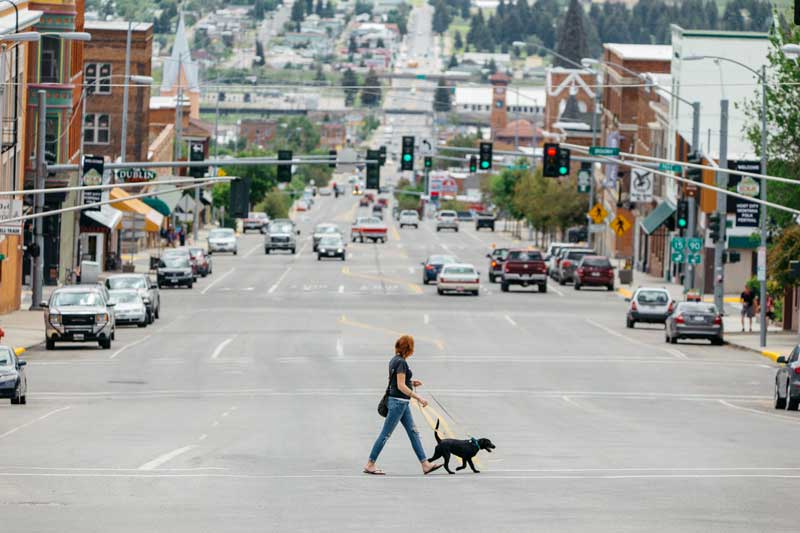This project was completed under the Traffic Safety Culture Transportation Pooled Fund (TPF) project TPF-5(444). For more information on this TPF please visit the Traffic Safety Culture webpage.

Pedestrian fatalities have increased at an alarming rate. “According to the Fatality Analysis Reporting System (FARS), pedestrian fatalities increased by 53 percent from 2009 to 2018, while other traffic deaths increased by only 2 percent” (U.S.DOT, 2020, p. 6). Pedestrian fatalities account for a growing percentage of all roadway fatalities. Transportation stakeholders are uniquely positioned to lead efforts to improve pedestrian safety. However, whether stakeholders engage in appropriate strategies to improve pedestrian safety is influenced by their traffic safety culture – their shared values and beliefs.
While pedestrian safety is found in many strategic highway safety plans across the country, there may be potentially competing values and beliefs that influence the deployment of effective pedestrian safety strategies. Values such as innovation or efficiency may influence planning, prioritization of transportation projects, and design efforts. Further, beliefs about support (or lack of support) for pedestrian strategies and implementation of such strategies may be influencing the deployment of effective strategies to improve pedestrian safety.
Therefore, understanding shared values and beliefs among transportation stakeholders about pedestrian safety is critical to growing a positive traffic safety culture, deploying effective strategies to improve pedestrian safety, and ultimately achieving our nation’s goal of zero deaths on our roadways. This project seeks to improve pedestrian safety by developing resources to assess and grow beliefs among transportation stakeholders to support deployment of effective pedestrian safety strategies.
Reports
Task 1 Report
Task 2 Report
Task 3 Report
